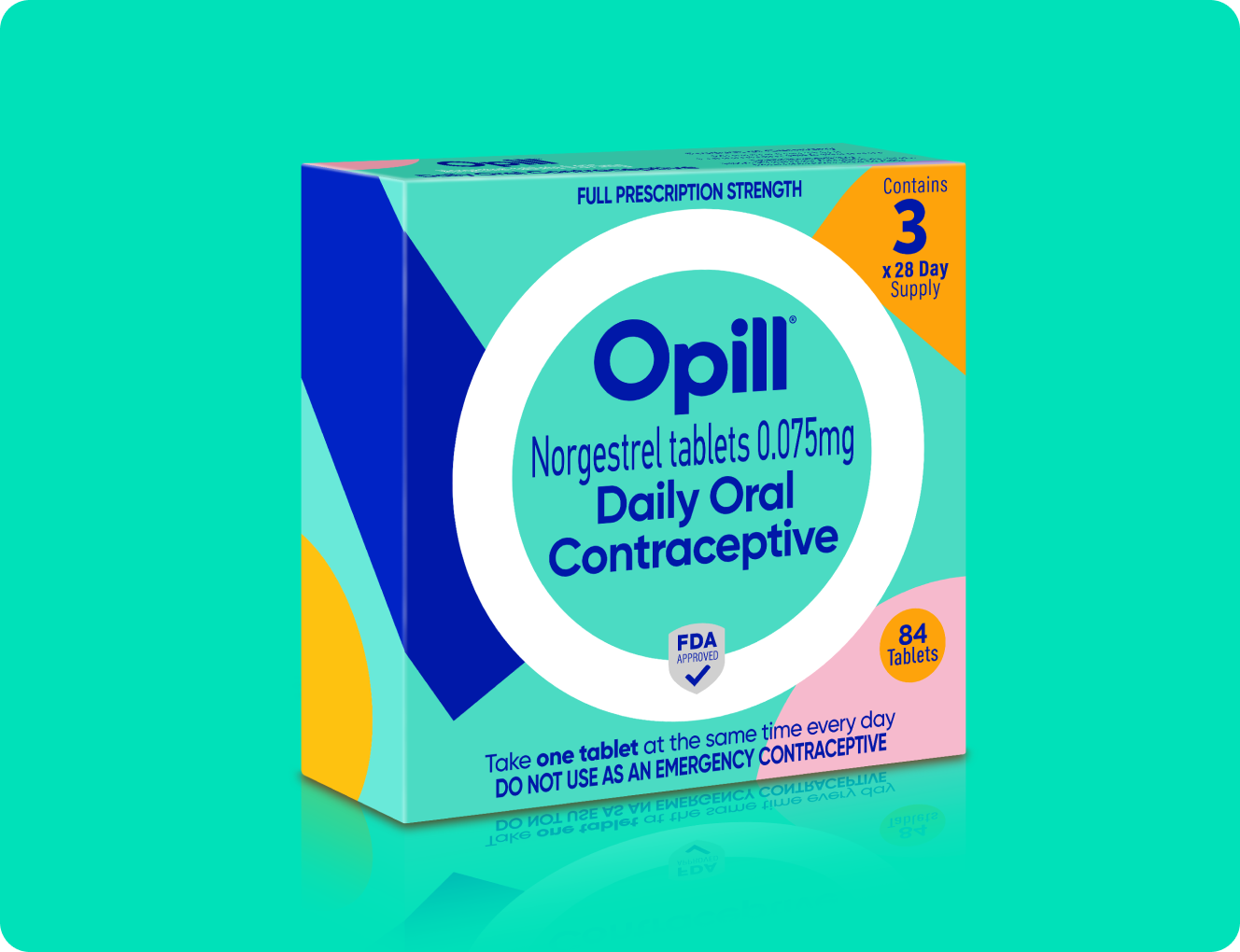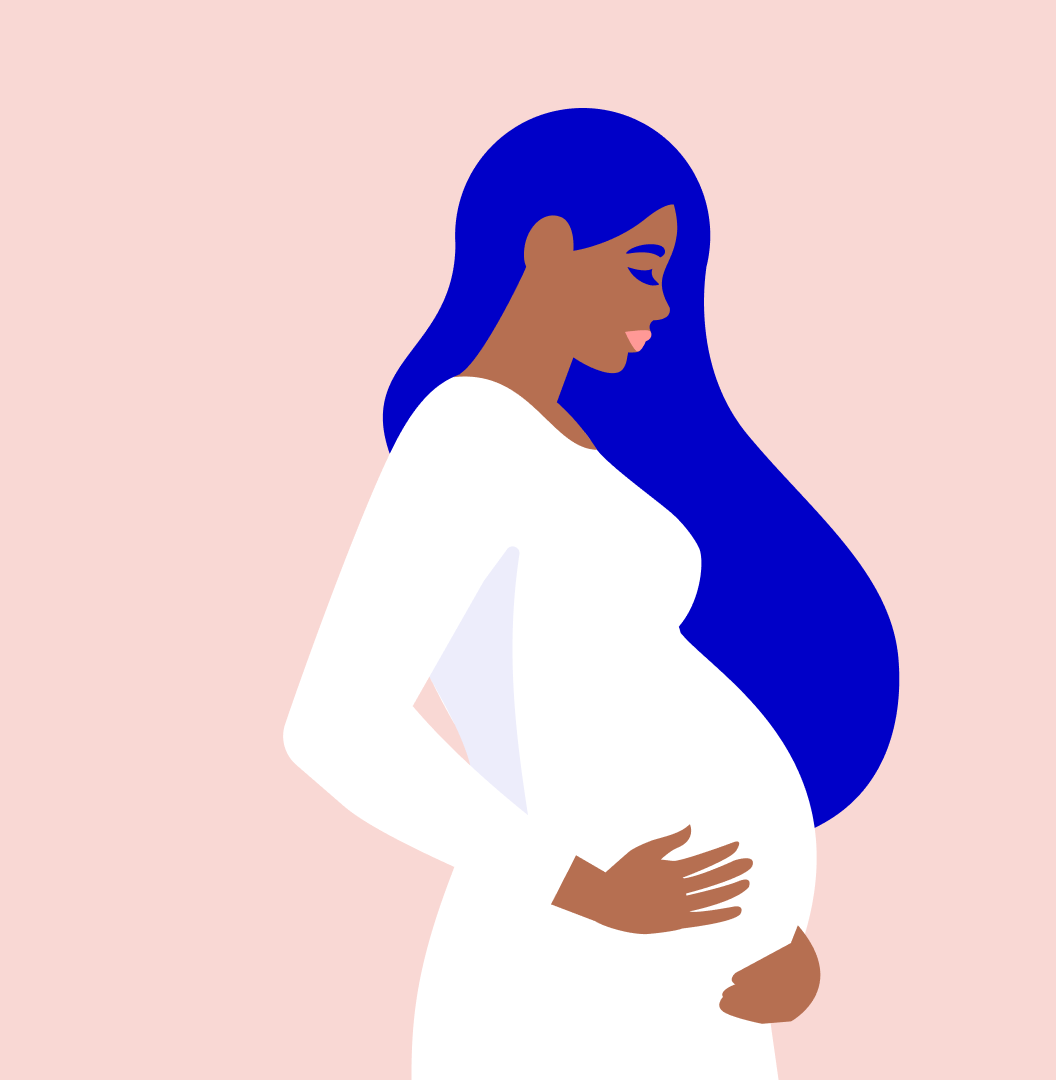
Unmet need
One in 7 sexually active women do not use contraception.15 Learn more about the barriers they face and the impact of unintended pregnancy.
Current barriers to contraception access16,17
Prescription requirement
Inability to take time off work or school to visit a medical provider
Difficulty traveling to healthcare clinics
Lack of clinics offering full range of contraceptive options
Inability to pay for contraceptive method
Lack of knowledge and misinformation are common among consumers and providers
Worries about health risks
Many individuals have unfounded worries about oral contraceptives carrying major health risks or incorrectly believe that the pill is an abortifacient.18
Misperceptions about exams
13% of women who ever tried to obtain a prescription for hormonal contraception reported requirements for a healthcare visit, examination or Pap test as a barrier to contraceptive access, although progestin-only pills do not require examinations before initiation.4,9
Privacy concerns
Adolescents often think there are parental notification procedures in place and don’t realize their privacy may be protected by federal regulations.18

Pelvic and breast examinations, cervical cancer screening, and sexually transmitted infection screening are not required before initiating hormonal contraception and should not be used as reasons to deny access to hormonal contraception.9
How these barriers affect women
More than 19 million women of reproductive age live in a contraceptive desert.19 Research has found that millions of people eligible for publicly funded contraception have no reasonable access to a full range of birth control methods near them.19

Roughly 1.2 million women live in counties without a single clinic that offers a full range of contraceptive methods.19

Approximately 1/3 of women trying to access oral contraceptive pills, patches or rings report difficulty obtaining prescriptions or refills17, or that they simply couldn’t get their next supply of contraception in time.15

Almost half of women at risk for unintended pregnancy reported not using contraception due to barriers to access.8
Roughly 1.2 million women live in counties without a single clinic that offers a full range of contraceptive methods.19
Approximately 1/3 of women trying to access oral contraceptive pills, patches or rings report difficulty obtaining prescriptions or refills17, or that they simply couldn’t get their next supply of contraception in time.15
Almost half of women at risk for unintended pregnancy reported not using contraception due to barriers to access.8




Impact of unintended pregnancy
About 45% of pregnancies in the US are unintended.7 An unintended pregnancy, compared with an intended pregnancy, can be associated with:
- Delayed or reduced prenatal care22-26
- Less likelihood of starting or continuing breastfeeding24,26
- Increased rate of low birthweight babies, preterm births and worse maternal outcomes25,27
- Higher rates of maternal depression27-29
There is high demand for an OTC option
83%
83% of 665 people who used Opill in a clinical study said they would be likely to use a progestin-only pill if it was available OTC.20
77%
Findings from the 2022 KFF Women’s Health Survey indicate 77% of women of reproductive age support making oral contraceptives available OTC.21

With the approval of Opill, the US will join over 100 other countries in providing access to oral contraception without a prescription.30